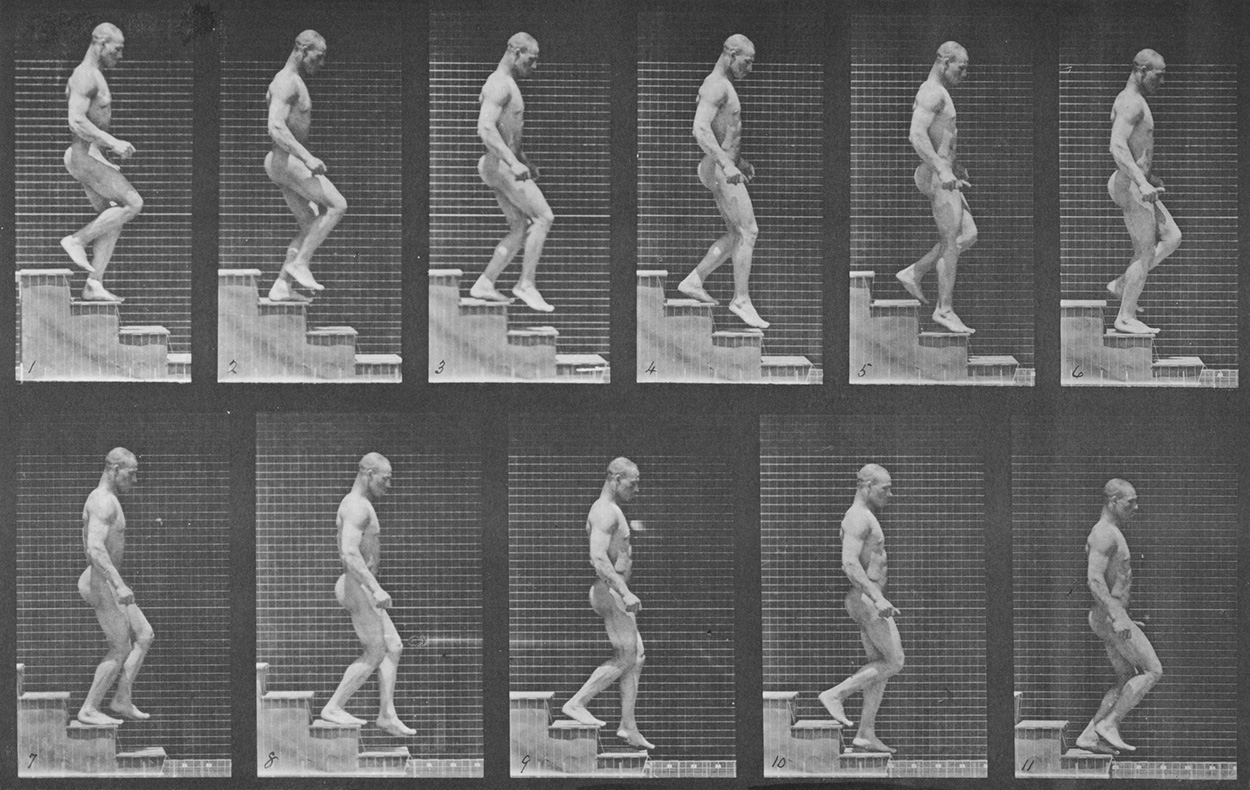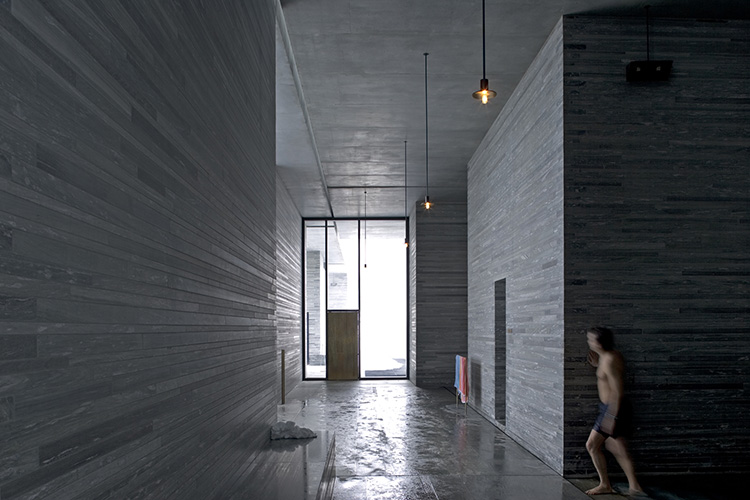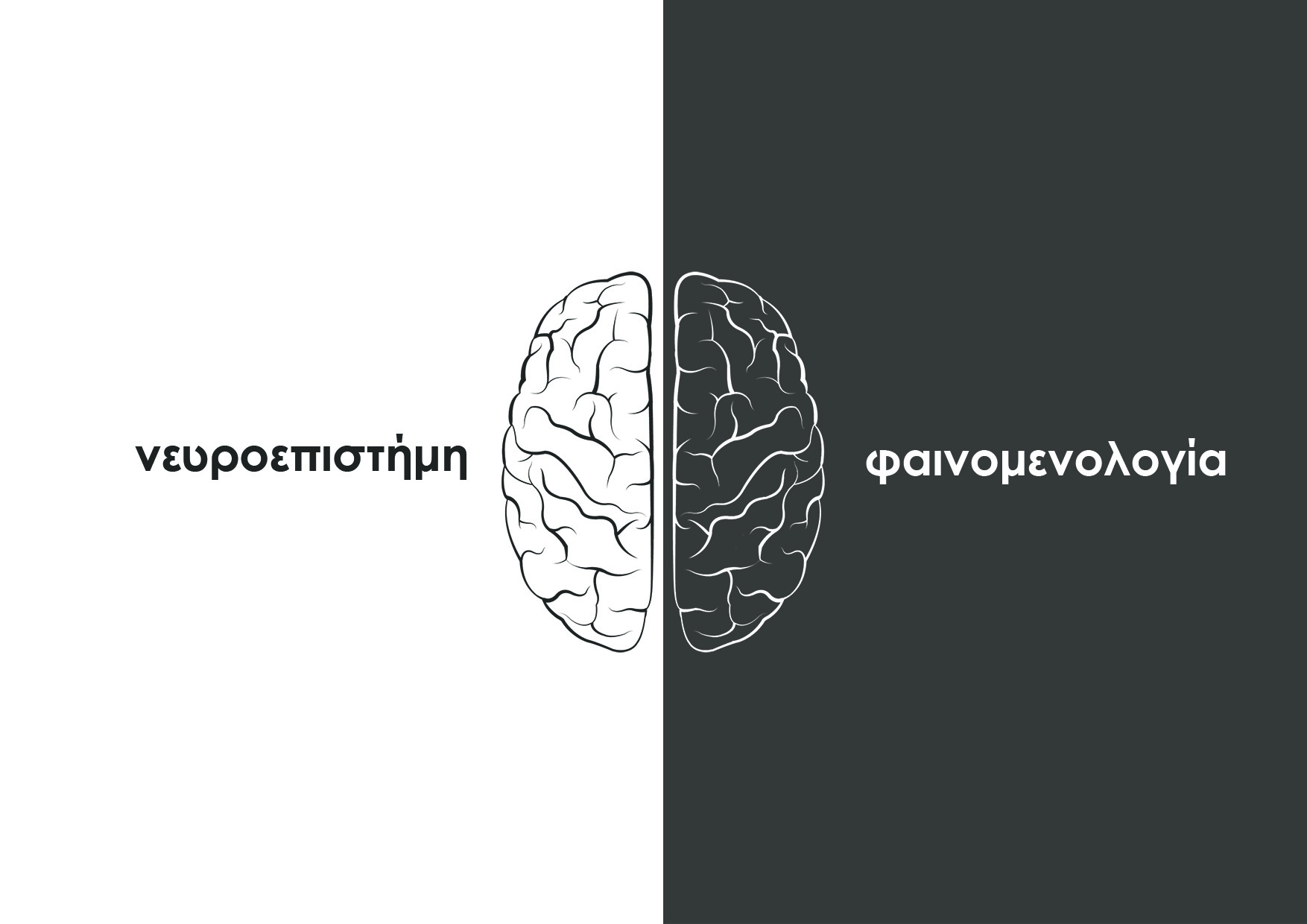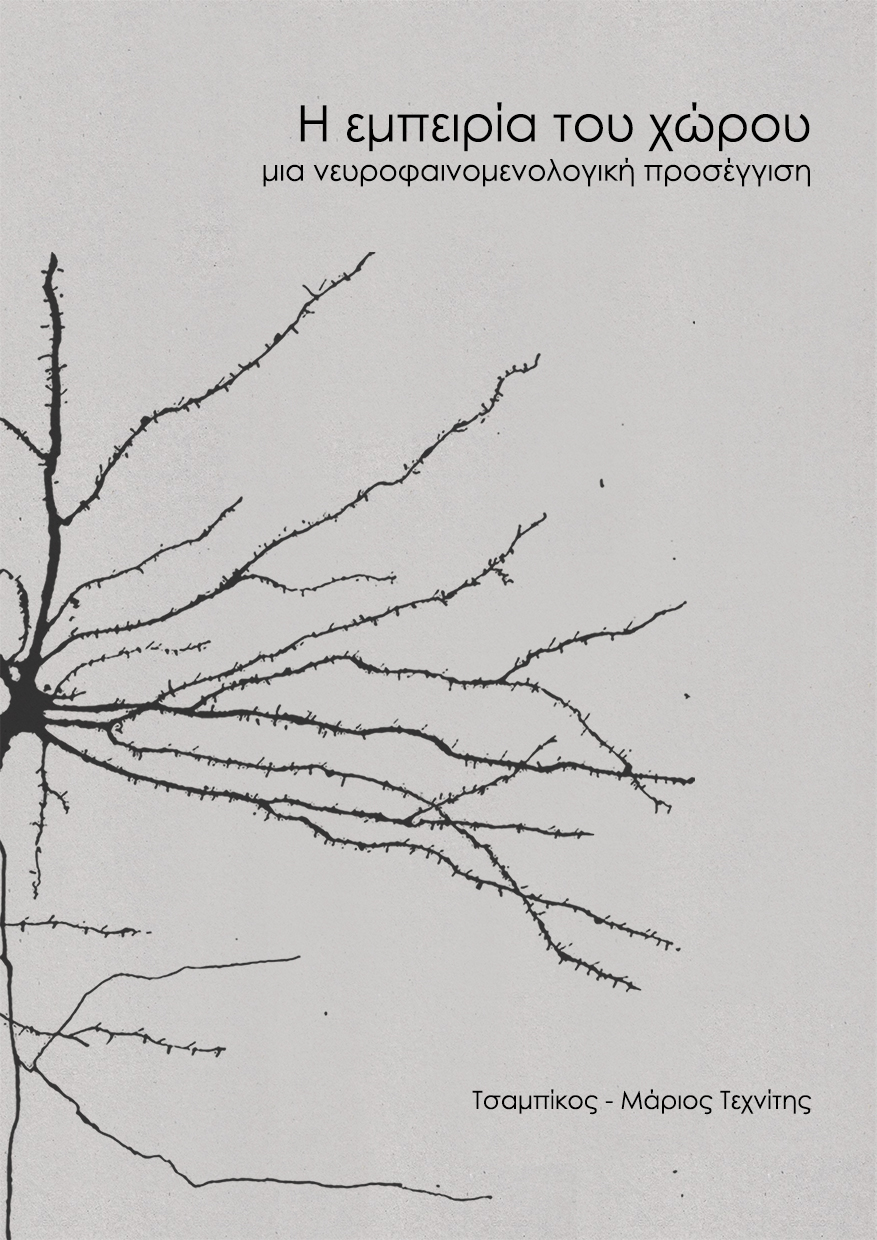The paper is based on personal reflections on human behavior in space and particularly on the simple but fundamental question: why do we enjoy some spaces more than others?
Architects often engage with formalisms, instead of creating spaces which constitute the background for people’s experiences, something that has been intensified due to the continually increasing opportunities in design and form-manipulation offered by computers.
It is necessary to return to the essence of architecture, life itself, humans, in order to draw knowledge for whom we design. We need to return to the fundamentals, to the heart of the contact of man and world, experience. This will be succeeded through a study on perception, the way that someone through his/her physiological functions is becoming aware of the environment.
Perception is often regarded as the procedure of receiving stimuli from the environment, which limits the richness of human experience. Although, in fact perception interacts with thought. If there is no such distinction, what is the true nature of perception? How do we exist in the world?
In order to investigate these concepts the paper borrows knowledge from the philosophical theory of phenomenology, mainly from “Phenomenology of Perception” of Maurice Merleau-Ponty and from neuroscience, whose findings have come to prove scientifically the empirical knowledge of phenomenology.
In recent decades, neuroscience has made huge steps towards the decoding of human brain, making great discoveries in which we will refer to. It speaks of the interaction between perception and action, proving that it isn’t a function of the mind alone, but from the mind-body system, in other words experience in embodied.
Through these two disciplines, the paper is trying to reveal the direct experience of architecture and the spontaneous man-space relation.
Consequently, having the theoretical investigation as a basis, the paradigm which is analyzed is “Therme Vals”, designed by Peter Zumthor, in order to find the spatial qualities that constitute the spatial experience, as it is delineated in the first part of the paper.





